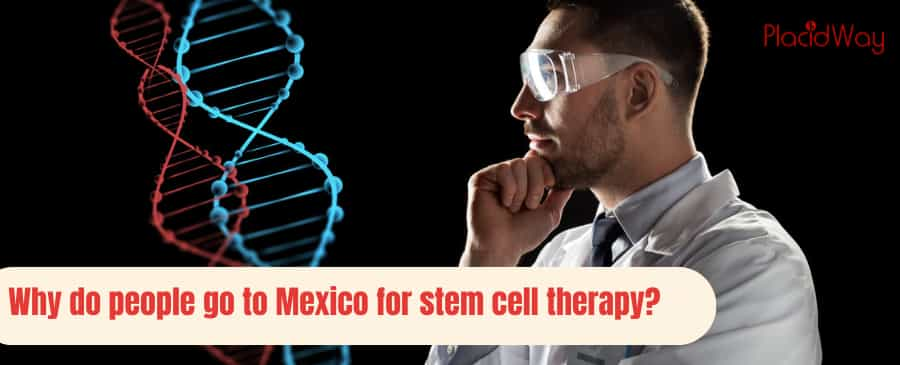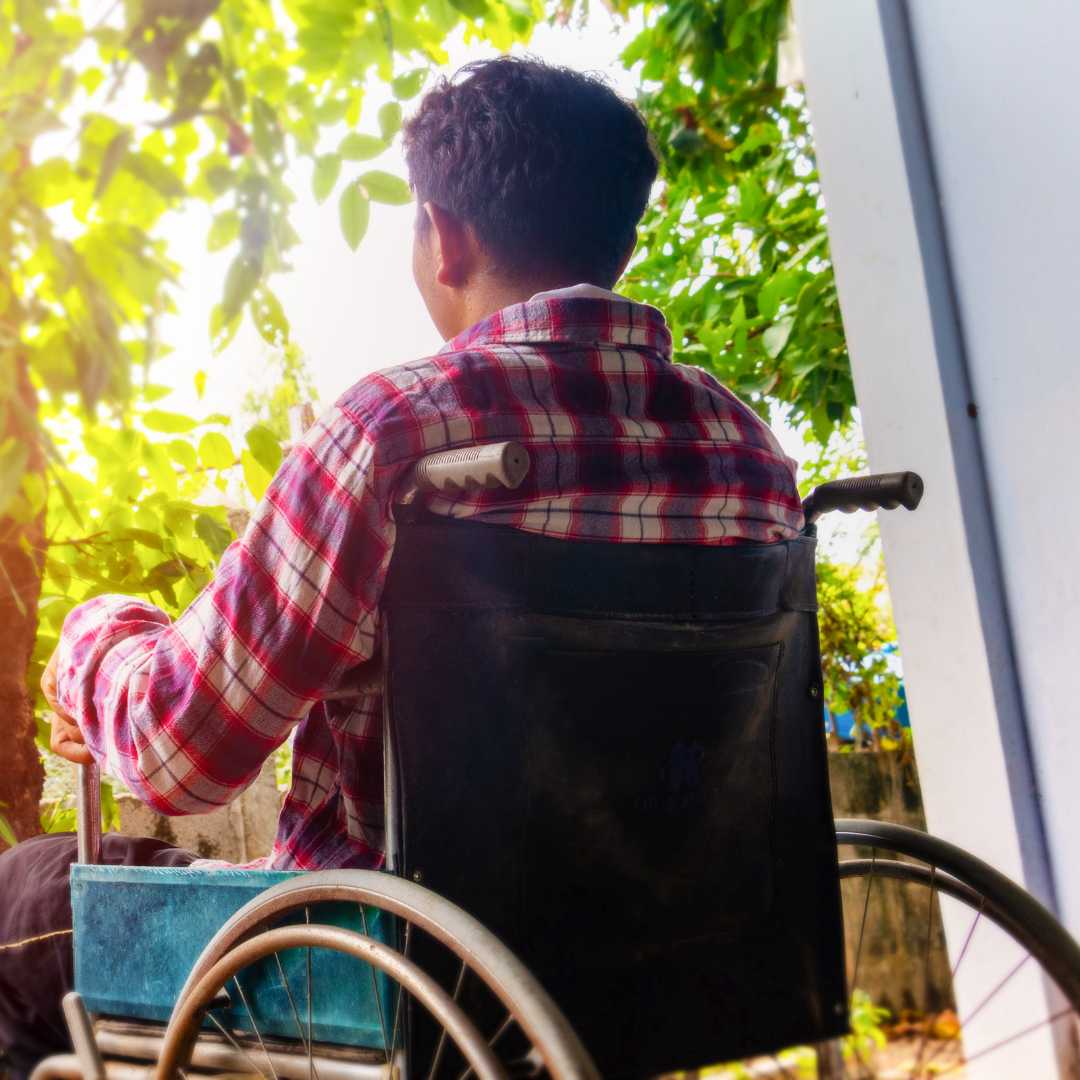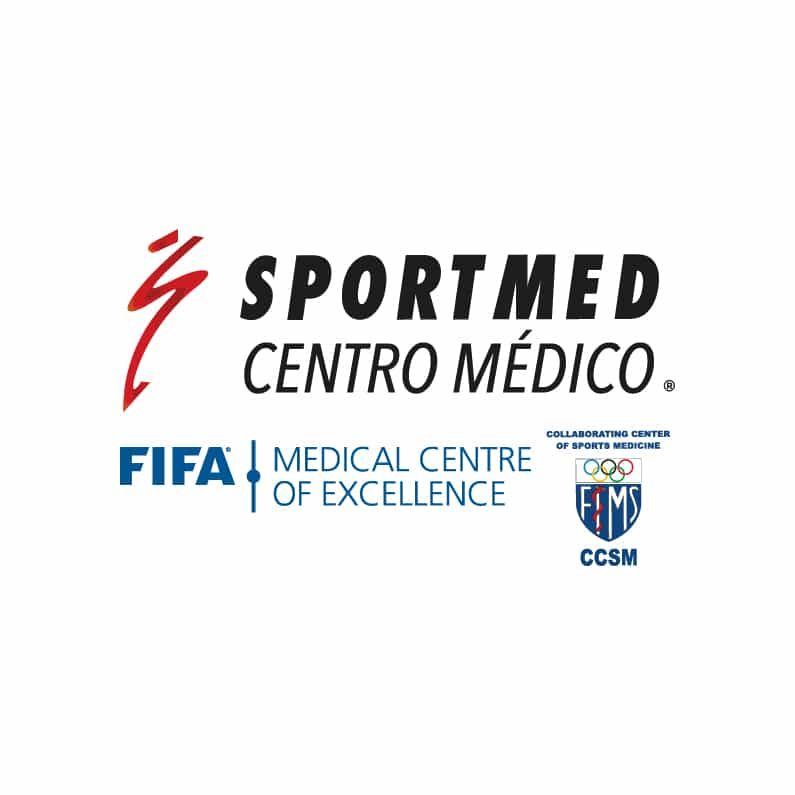Why Mexico? Unpacking the Rise of Stem Cell Therapy Across the Border

Stem cell therapy has emerged as a beacon of hope for individuals grappling with a myriad of conditions, from chronic pain and autoimmune disorders to degenerative diseases and sports injuries. While this cutting-edge field of regenerative medicine holds immense promise, its availability and cost can vary dramatically across countries. This has led a growing number of patients to look beyond their national borders, and Mexico has rapidly become a top destination for stem cell therapy. But why are so many people choosing to go to Mexico for these advanced treatments? Let's explore the compelling reasons.
Why do people go to Mexico for stem cell therapy?
"People go to Mexico for stem cell therapy primarily because of its affordability, access to advanced and diverse treatment options often unavailable elsewhere, the presence of experienced medical professionals, and a more flexible regulatory environment compared to countries like the United States."
The confluence of these factors makes Mexico an attractive choice for patients seeking innovative and cost-effective solutions for their health concerns.
Is stem cell therapy cheaper in Mexico than in the United States or Canada?
"Yes, stem cell therapy is significantly cheaper in Mexico compared to the United States and Canada, often with cost savings ranging from 50% to 70%. This affordability is a major draw for patients."
The cost disparity is a primary driver. A stem cell treatment that might cost $20,000 to $50,000 USD in the United States could be available for $3,500 to $15,000 USD in Mexico, depending on the condition being treated and the number of vials needed. This substantial difference allows many patients to access therapies that would otherwise be financially out of reach. These savings often hold true even when factoring in travel and accommodation expenses.
What types of stem cells and treatments are available in Mexico that might not be elsewhere?
"Mexico offers a wider range of stem cell types and treatment approaches compared to some other countries, including expanded mesenchymal stem cells (MSCs) derived from sources like umbilical cord and placenta, which are often used for various regenerative purposes."
While regulations in countries like the U.S. often limit the use of stem cells to minimally manipulated forms (meaning they cannot be expanded or cultured beyond their natural numbers), Mexico's regulatory framework, overseen by COFEPRIS (Federal Commission for the Prevention of Health Risks), allows for greater flexibility. This means clinics in Mexico can offer therapies using expanded and cultured stem cells, potentially providing higher cell counts and more tailored protocols for various conditions such as:
- Autoimmune Diseases: Rheumatoid Arthritis, Multiple Sclerosis, Lupus
- Orthopedic Injuries: Osteoarthritis, joint degeneration, chronic pain
- Neurological Disorders: Alzheimer's, Parkinson's, stroke recovery
- Metabolic Diseases: Diabetes
- Anti-Aging and Rejuvenation
This broader range of available cell types and the ability to customize protocols offer more comprehensive and potentially more effective treatment options for patients.
Are the doctors and clinics for stem cell therapy in Mexico qualified?
"Many stem cell therapy clinics in Mexico employ highly qualified medical professionals, including board-certified specialists who may have received international training. It is crucial to research the clinic's reputation, doctor's credentials, and adherence to safety protocols."
Mexico has a growing medical tourism industry that attracts skilled medical professionals. Many doctors specializing in regenerative medicine in Mexico have extensive experience and are dedicated to providing high-quality care. However, as with any medical destination, due diligence is essential. Patients should look for clinics that are certified by Mexican health authorities (COFEPRIS) and those that prioritize patient safety through rigorous screening, sterile environments, and transparent protocols.
What is the regulatory environment for stem cell therapy in Mexico?
"The regulatory environment for stem cell therapy in Mexico is more flexible than in the U.S., allowing for broader access to innovative treatments, but it is still overseen by COFEPRIS, which establishes guidelines for safety and efficacy."
Unlike the strict FDA regulations in the United States, which primarily limit stem cell treatments to clinical trials, Mexico's regulatory framework for stem cell therapy is more accommodating. COFEPRIS is the main authority responsible for ensuring safety and efficacy. While this flexibility allows for greater accessibility to certain treatments, it also underscores the importance of choosing a clinic that demonstrates a strong commitment to ethical practices and patient safety. Reputable clinics will openly share their procedures, sourcing of stem cells (e.g., ethically sourced umbilical cord tissue, adipose tissue, bone marrow), and protocols.
What are the logistical advantages of choosing Mexico for stem cell therapy?
"The geographical proximity to the United States, ease of travel, and the availability of luxury recovery facilities at affordable prices are significant logistical advantages for patients choosing Mexico for stem cell therapy."
For patients from the U.S. and Canada, Mexico's proximity makes it an exceptionally convenient destination. Many clinics are located in border cities like Tijuana or well-connected metropolitan areas like Mexico City, Guadalajara, and Cancun, offering easy access via direct flights. Additionally, Mexico provides excellent recovery facilities that offer a comfortable and supportive healing environment, often at a fraction of the cost of similar services in other countries.
Are there potential risks or downsides to getting stem cell therapy in Mexico?
"While generally safe in reputable clinics, potential risks or downsides of stem cell therapy in Mexico include the importance of thorough clinic vetting to avoid uncertified providers, understanding the experimental nature of some treatments, and ensuring clear communication and follow-up care."
As with any medical procedure, risks exist. The main challenge is distinguishing between legitimate, high-quality clinics and those that may not adhere to the highest standards. Patients must be diligent in researching and vetting clinics. It's also important to have realistic expectations, as while stem cell therapy shows great promise, some applications are still considered experimental. Clear communication with the medical team and a plan for follow-up care upon returning home are crucial for a safe and effective experience.
What should patients consider when choosing a stem cell clinic in Mexico?
"When choosing a stem cell clinic in Mexico, patients should consider the clinic's certifications and accreditations, the specific experience and qualifications of the medical team, the source and type of stem cells used, the transparency of treatment protocols and pricing, and available patient testimonials and outcomes."
A thorough vetting process is key. Ask about the clinic's regulatory compliance with COFEPRIS, the certifications of its doctors, and the quality control procedures for the stem cells. Inquire about personalized treatment plans, the number of vials administered, and post-treatment support. Look for clinics that offer detailed consultations and open communication to ensure you feel comfortable and confident in your choice.
Mexico offers a compelling combination of affordability, accessibility, advanced treatment options, and experienced medical professionals in the field of stem cell therapy. For many patients seeking innovative solutions for their health challenges, it represents a viable and promising path forward.


.png)




.png)
.png)
.png)







Share this listing